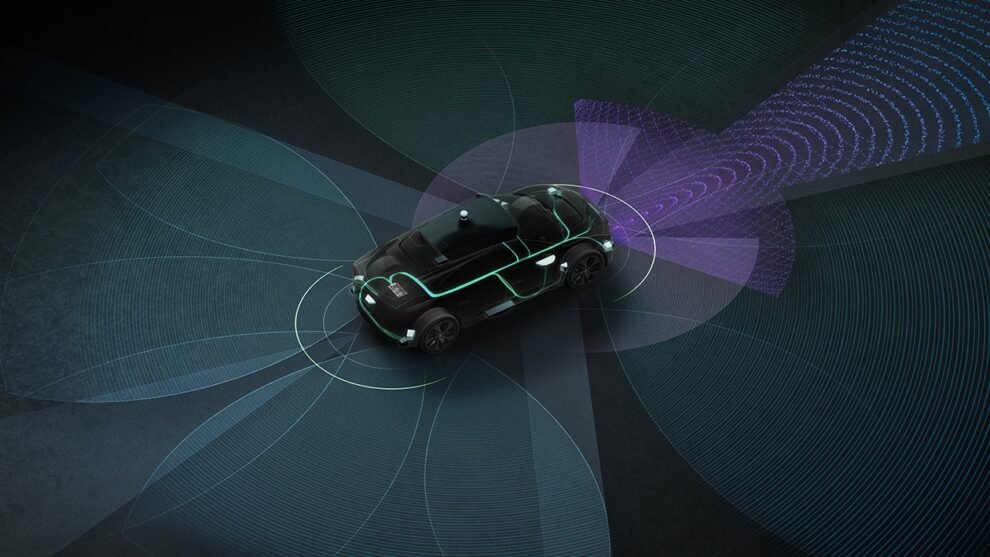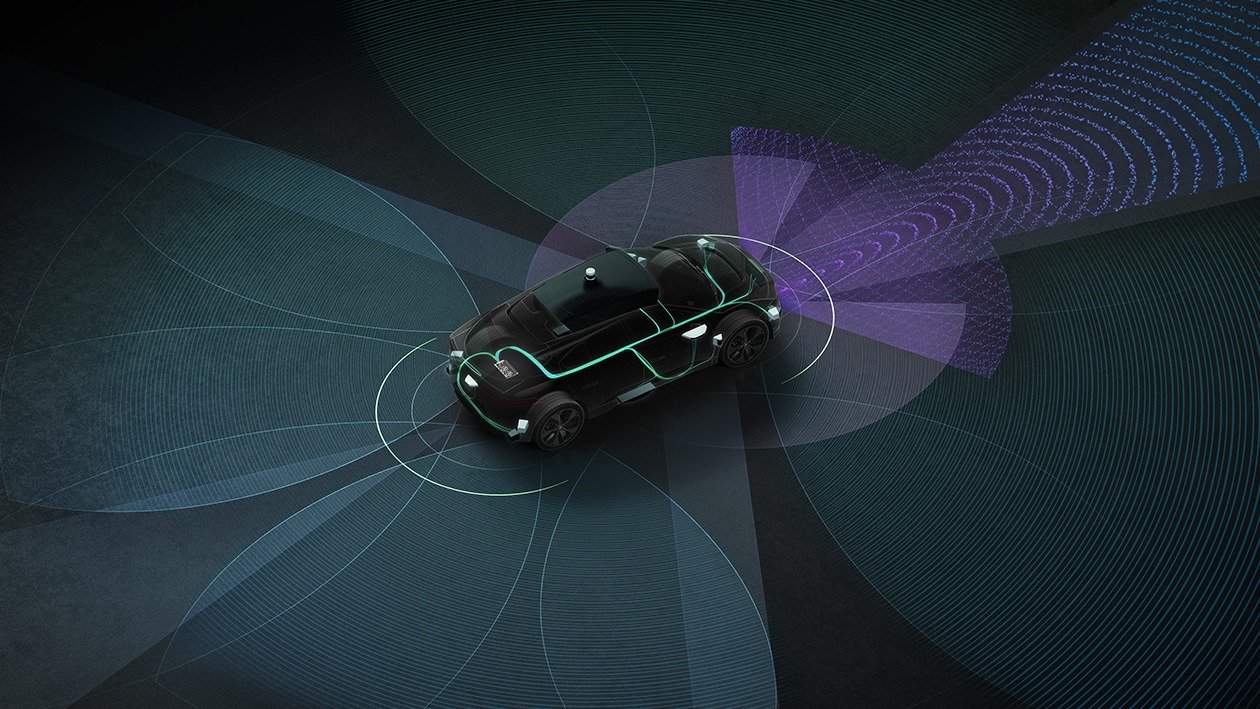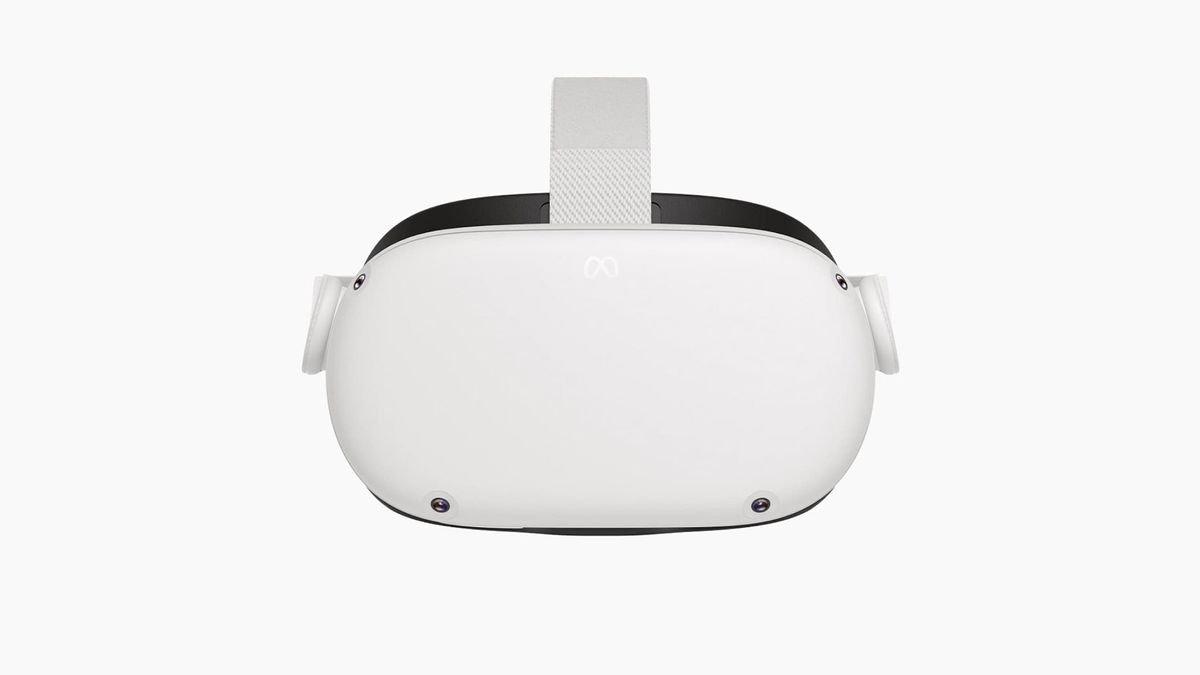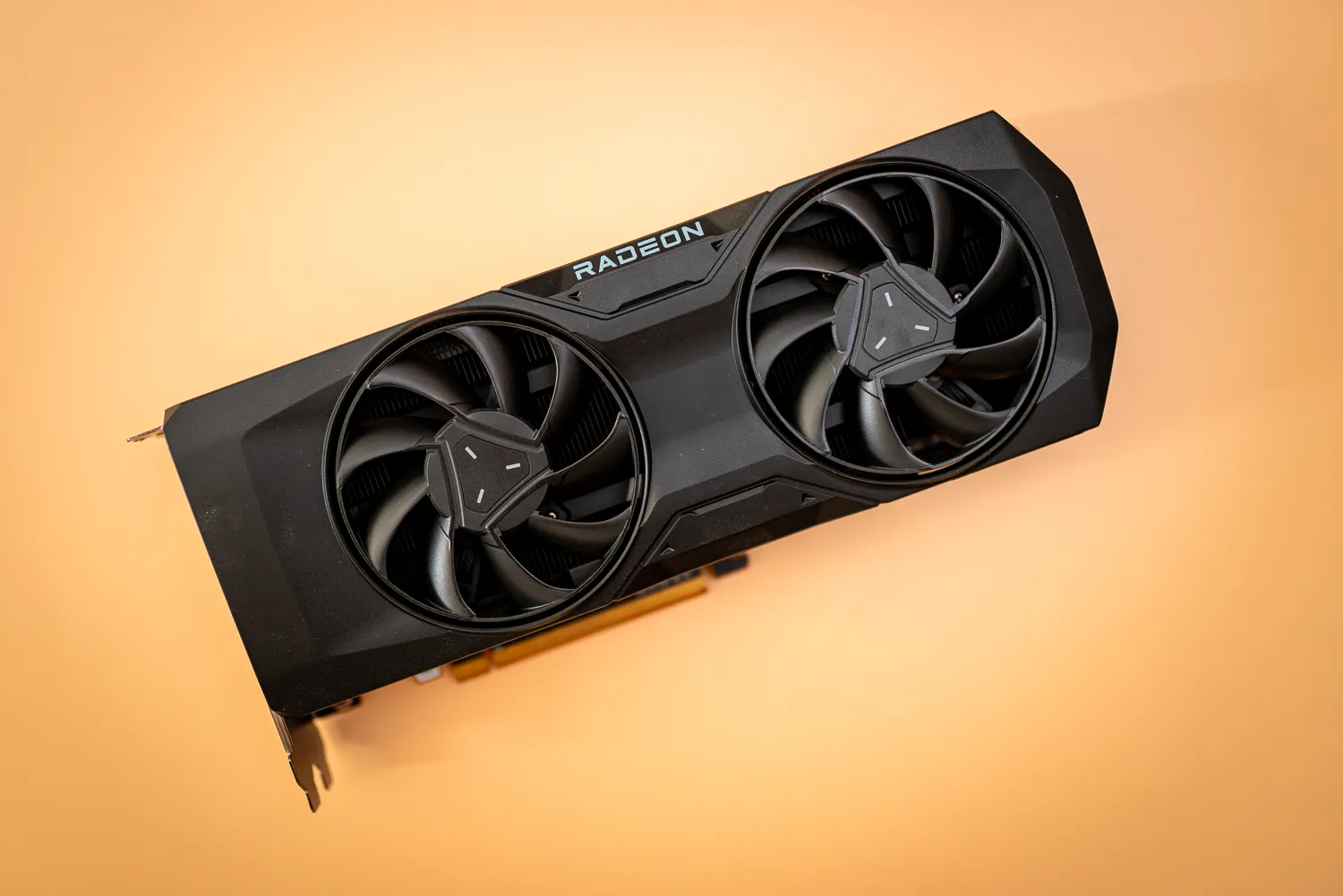Nvidia, a leader in AI and computing technology, is making significant strides in the realm of self-driving cars, promising to transform the automotive industry with its advanced technologies and partnerships.
Key Highlights:
- Nvidia’s PredictionNet utilizes AI to predict traffic patterns and vehicle trajectories, enhancing safety and efficiency in autonomous driving.
- The company’s AI platform for autonomous driving has seen adoption by over 50 automakers and institutions, demonstrating strong market confidence in Nvidia’s technology.
- Nvidia’s collaboration with Mercedes-Benz and Continental signifies its deep integration into the automotive industry, aiming to bring sophisticated AI-driven functionalities to vehicles.
- The DRIVE Orin platform and DRIVE Hyperion 8 are among Nvidia’s latest offerings, providing a robust framework for the development of self-driving technologies.
- Despite the progress, challenges such as adapting AI to unpredictable weather and road conditions highlight the complexity of achieving fully autonomous driving.
Nvidia’s AI-driven Approach to Self-Driving Cars
Nvidia’s AI technology, specifically PredictionNet, employs deep neural networks (DNNs) to predict the future movements of surrounding traffic, leveraging both real-time perception data and historical trajectory information. This approach enables vehicles to anticipate potential hazards and navigate complex driving scenarios more safely.
Market Adoption and Technological Advancements
Nvidia’s DRIVE PX platform, enhanced by the DIGITS deep learning platform, has facilitated rapid advancements in vehicle perception algorithms, achieving high levels of accuracy in recognizing traffic signs and pedestrians. This technology has been embraced by leading automakers and research institutions, reflecting Nvidia’s pivotal role in the evolution of autonomous driving.
Strategic Partnerships
Collaborations with industry giants like Mercedes-Benz and Continental underscore Nvidia’s influence in the automotive sector. Mercedes-Benz aims to standardize Nvidia’s DRIVE technology across its future fleet, creating vehicles that can update and improve their driving capabilities over time. Similarly, Continental’s partnership with Nvidia is set to elevate its leadership in advanced driver assistance systems, pushing the envelope towards fully automated and autonomous vehicle systems.
Overcoming Challenges with Innovative Solutions
Nvidia’s introduction of virtual environments for AI training, such as the Omniverse Replicator for Drive Sim, underscores the innovative approaches required to tackle the challenges of autonomous driving. By creating highly realistic simulations of driving conditions, Nvidia can train AI models more effectively, preparing them for the complexities of real-world navigation without the risks associated with physical testing. This approach is crucial for developing AI that can handle unpredictable scenarios, such as inclement weather or sudden road hazards.
The Road Ahead
Nvidia’s development of virtual environments for AI training, such as the Omniverse Replicator for Drive Sim, highlights the company’s innovative approach to overcoming the challenges of autonomous driving. By simulating real-world driving conditions, Nvidia aims to enhance the AI’s ability to navigate various scenarios safely. However, the journey towards fully autonomous vehicles is filled with hurdles, from dealing with inclement weather to ensuring safety in unpredictable conditions.
Nvidia’s endeavors in self-driving technology represent a blend of innovation, partnership, and strategic foresight. While the company is paving the way for a future dominated by autonomous vehicles, the path is fraught with challenges that require not just technological prowess but also regulatory, ethical, and societal considerations. Nvidia’s commitment to pushing the boundaries of what’s possible in autonomous driving, coupled with its collaborative approach, positions it as a key player in defining the future of transportation.



















